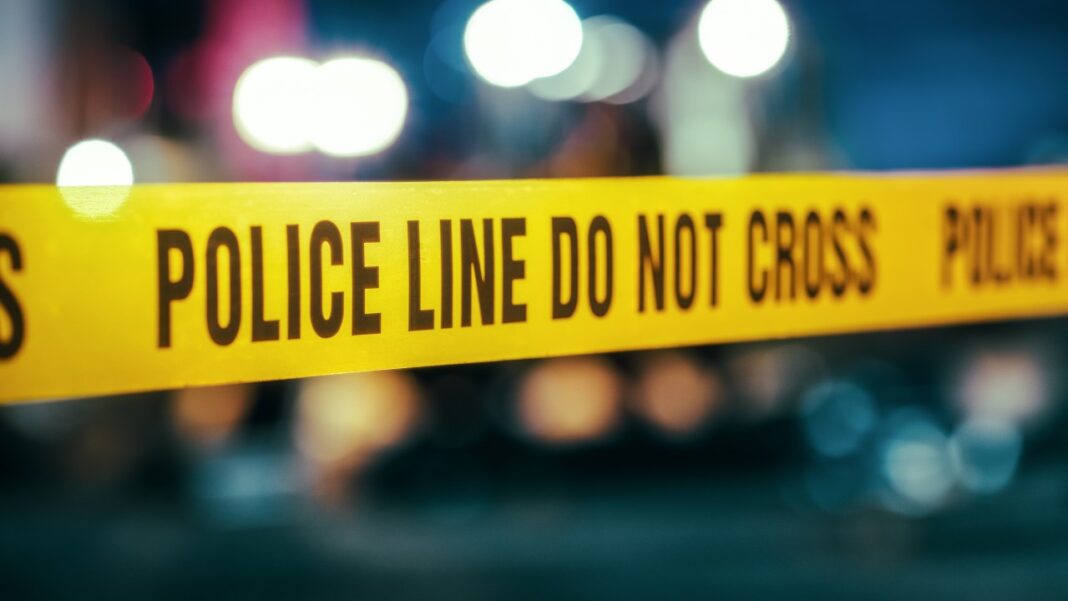The Impact of Gun Violence in African American Communities
Gun violence is a pervasive issue in the United States, disproportionately affecting African American communities, particularly among young men. This stark reality is underscored by the experiences of individuals like Jonathan Romain and Marcus McGee, two Peoria residents deeply affected by this ongoing crisis.
Jonathan Romain’s Perspective
Jonathan Romain, co-founder of ART Inc., a nonprofit organization in Peoria, aims to address the root causes of violence through art. His initiative focuses on keeping youths engaged and away from the streets. Romain passionately questions the systemic issues facing Black and brown communities, asking, “How can we divorce the reality of hopelessness? How can we divorce the systemic issues that have plagued the Black and brown communities for years?”
Romain highlights the inequities in education, healthcare, and the justice system. He emphasizes the need to view these challenges as collective societal issues rather than problems confined to specific communities. “A rising tide lifts everyone on the boat. We are all in the same boat,” he asserts, drawing attention to the interconnectedness of societal well-being.
Marcus McGee’s Tragic Loss
Marcus McGee, Sr., shares a personal narrative that encapsulates the tragedy of gun violence. His son, Mario, was just 19 when he was killed during a home invasion in 2009, a crime that remains unsolved to this day. McGee attributes systemic issues such as poverty and lack of educational opportunities to the violence that plagues the community.
When reflecting on Peoria’s environment, McGee questions the lack of safe spaces for young people. “When you think about Peoria, where is there for a young man or a young woman to go?” His observations resonate deeply with Romain’s stance, linking the socioeconomic challenges faced by individuals to the surging rates of violence in the area.
The Statistical Reality
Research reinforces the feelings expressed by Romain and McGee. According to the U.S. Centers for Disease Control and Prevention (CDC), while African Americans constitute only 13% of the U.S. population, they represent 39% of gun violence victims. This alarming statistic highlights a stark disparity that speaks to systemic failures.
The rise in gun violence has been particularly acute in the wake of the COVID-19 pandemic, which has exacerbated existing issues of inequality. A study published in the Journal of the American Medical Association points to the pandemic as a significant factor contributing to increased violence.
Young African American Men at Risk
A report from Brady United, a nonprofit organization, further illuminates the challenges faced by young African American men. It revealed that those aged 18 to 24 were 19 times more likely to be fatally shot than their white counterparts between 2017 and 2021. These stark figures underline the belief that systemic issues create fertile ground for violence and crime.
The Cycle of Poverty and Crime
The relationship between poverty and crime is well-documented. The CDC has noted that poverty often leads to higher crime rates, suggesting that “violence often begets more violence.” This cyclical nature of poverty and crime creates daunting barriers for communities seeking to break free from this cycle.
The Call for Investment
Romain and McGee advocate for a shift in resource allocation towards impoverished areas. McGee critiques city leaders for prioritizing developments that do not address the needs of the community. “They are building up the waterfront down there, but that’s the wrong place to put the money,” he argues, calling for investments in community resources that can foster safety and growth.
The Solution is Collective
Both Romain and McGee emphasize the need for collective action to address these systemic issues. Their stories reflect a broader narrative that transcends individual experiences, pointing to the need for community-driven solutions that tackle the root causes of violence.
Through initiatives like ART Inc., Romain is hopeful that creative expression can illuminate paths toward healing and resolution. Meanwhile, McGee’s poignant reflections remind us of the human cost of systemic failures, urging us all to reconsider how we approach the issues of gun violence and community support.



